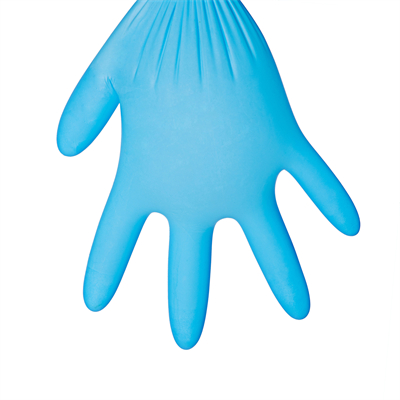1. Layering: In extremely cold Arctic conditions, layering your gloves is often the best approach. Layering allows you to adjust your hand protection based on the severity of the cold and your activities.
2. Types of Glove Layers:
- Inner Liner Gloves: These are typically lightweight, moisture-wicking gloves that provide a basic level of warmth. They help keep your hands dry by wicking away sweat and are often used as the first layer.
- Insulated Gloves or Mittens: These provide the main insulation and warmth. They are typically filled with high-quality insulation materials like down or synthetic insulation. Insulated mittens, which keep your fingers together, are often warmer than gloves.
- Outer Shell Gloves or Mittens: These are typically windproof and waterproof, providing protection against extreme cold, wind, and moisture. They go over your inner gloves or mittens to provide additional protection.
3. Material Choices:
- Down Insulation: Down-filled gloves or mittens are exceptionally warm and lightweight. They are ideal for extremely cold conditions but should be protected from moisture.
- Synthetic Insulation: Synthetic insulation like PrimaLoft or Thinsulate is moisture-resistant and can provide good insulation even when wet.
- Gore-Tex or Waterproof Materials: The outer shell gloves or mittens should be made from waterproof and breathable materials like Gore-Tex to keep your hands dry in wet and snowy conditions.
4. Features to Look For:
- Adjustable Cuffs: Gloves with adjustable cuffs help seal out cold air and snow.
- Wrist Leashes: These prevent you from losing your gloves when you need to take them off briefly.
- Reinforced Palm and Fingers: This feature enhances durability and grip, especially important for activities like ice climbing.
- Dexterity: Look for gloves that balance warmth with dexterity, allowing you to perform tasks like adjusting equipment or taking photos without removing your gloves.
5. Size and Fit:
- Gloves or mittens that are too tight can restrict blood flow and reduce warmth, while those that are too loose may allow cold air to enter. Ensure a snug but comfortable fit.
6. Heat Packs: Consider carrying disposable heat packs that can be inserted into your gloves or mittens for added warmth in extreme cold.
7. Try Before You Buy: Whenever possible, try on gloves or mittens in a store and test them for fit and dexterity. What works for one person may not work for another, so personal comfort and needs are essential.
Keep in mind that Arctic conditions can vary greatly depending on the specific location and time of year, so it’s essential to research the weather and terrain you’ll encounter on your adventure. Investing in high-quality gloves and layering appropriately will help you stay warm and comfortable during your extreme cold Arctic expedition.






















